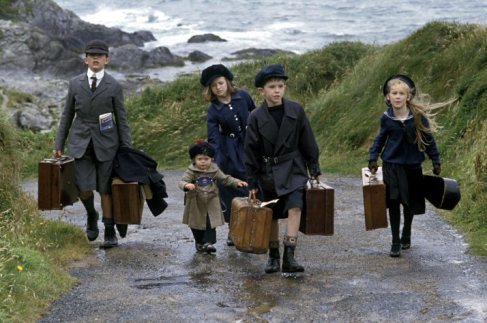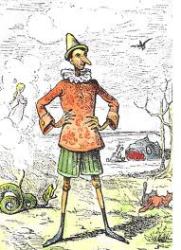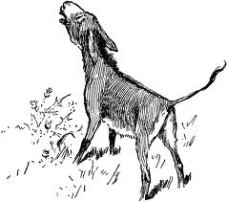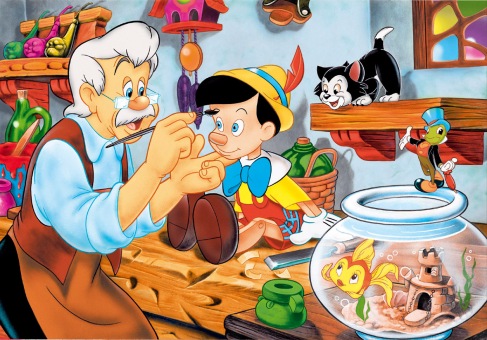 The character that most interested me in The House on Pooh Corner was the character of Tigger. Since he is one of my favorite characters, I was upset that be did not make his debut in the first series of Pooh stories, but was enamored by him in Pooh Corner. Tigger is a tiger-like character with an extreme love of bouncing who was modeled after one of Christopher Robin’s stuffed animals.
The character that most interested me in The House on Pooh Corner was the character of Tigger. Since he is one of my favorite characters, I was upset that be did not make his debut in the first series of Pooh stories, but was enamored by him in Pooh Corner. Tigger is a tiger-like character with an extreme love of bouncing who was modeled after one of Christopher Robin’s stuffed animals.
He is introduced in Chapter II. He appears in the middle of the night at Pooh’s doorstep and startles him. His relationships with the other characters evolve  during the search for a food that Tigger could eat for breakfast. He lives with Kanga and Roo in the Hundred Acre Wood and plays a pivotal role in the stories following his introduction.
during the search for a food that Tigger could eat for breakfast. He lives with Kanga and Roo in the Hundred Acre Wood and plays a pivotal role in the stories following his introduction.
What interested me most was comparing A.A. Milne’s version of Tigger and the better-known version popularized by Disney.
Disney added several characteristics to the character to make him more distinguishable. Until I read The House on Pooh Corner I had no idea that his spring of a tail was not the author’s original invention. Disney took his love of bouncing and expanded on the idea. Disney did stay true to his relations with other characters. He is overly enthusiastic in his encounters, which makes him appeal to Kanga and Roo but annoy Rabbit.
In each adaption that followed A.A. Milne, Tigger bounces on less body parts. He originally began bouncing on four legs. He is depicted this way in Ernest H. Shepard’s illustrations. However, in the Disney version, he only bounces on his tail.
 Tigger made his first Disney debut in 1968 in Winnie the Pooh and the Blustery Day. He has progressed from a background character to the main attraction and was featured as the star of his own film, The Tigger Movie, in 2000. While Pooh is the face and name of the series, Tigger had pulled his own fame separate from the shadow of our favorite bear. It is fair to say that Disney was able to create a more lovable Tigger while staying true to the character imagined by A.A. Milne.
Tigger made his first Disney debut in 1968 in Winnie the Pooh and the Blustery Day. He has progressed from a background character to the main attraction and was featured as the star of his own film, The Tigger Movie, in 2000. While Pooh is the face and name of the series, Tigger had pulled his own fame separate from the shadow of our favorite bear. It is fair to say that Disney was able to create a more lovable Tigger while staying true to the character imagined by A.A. Milne.













